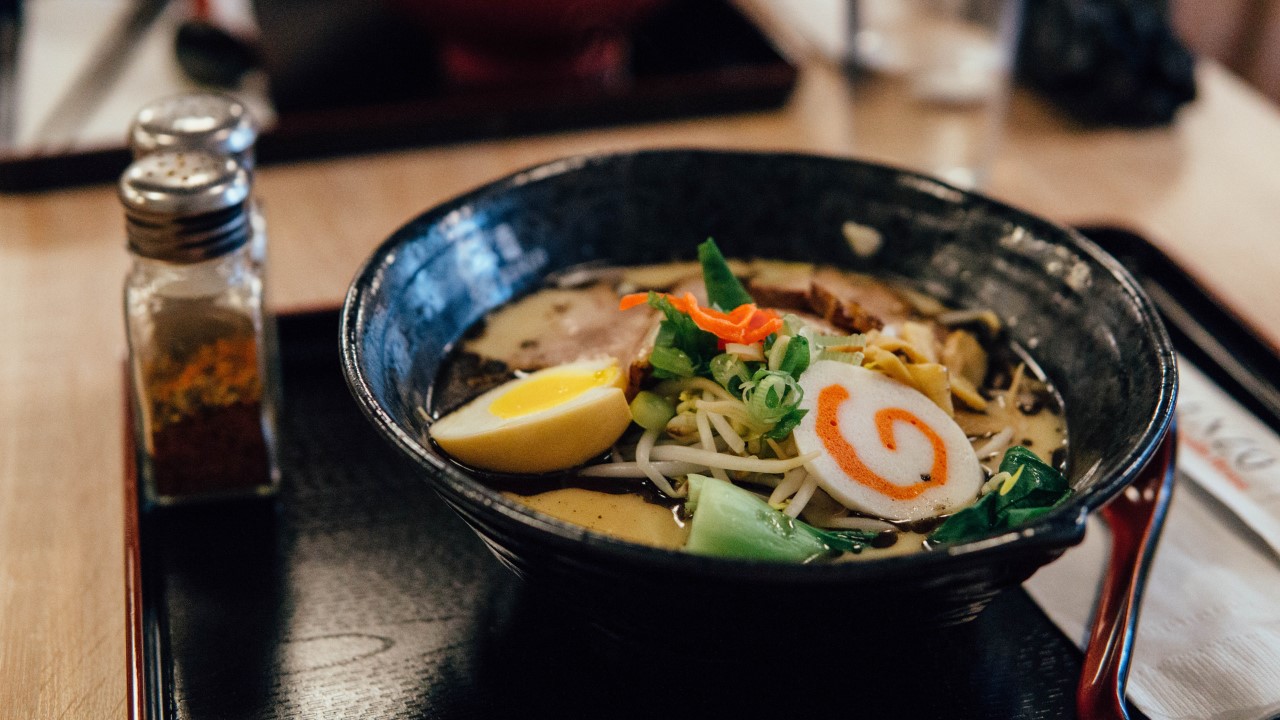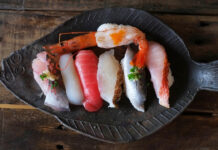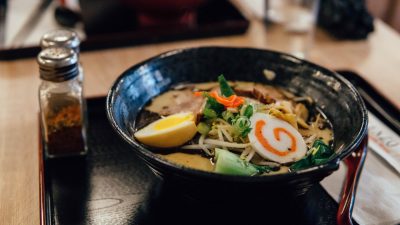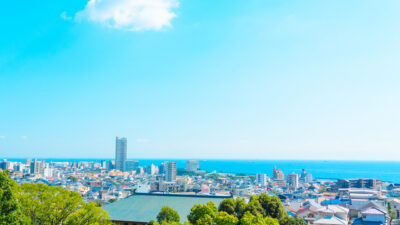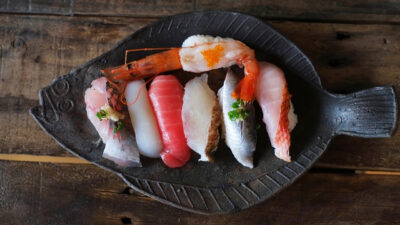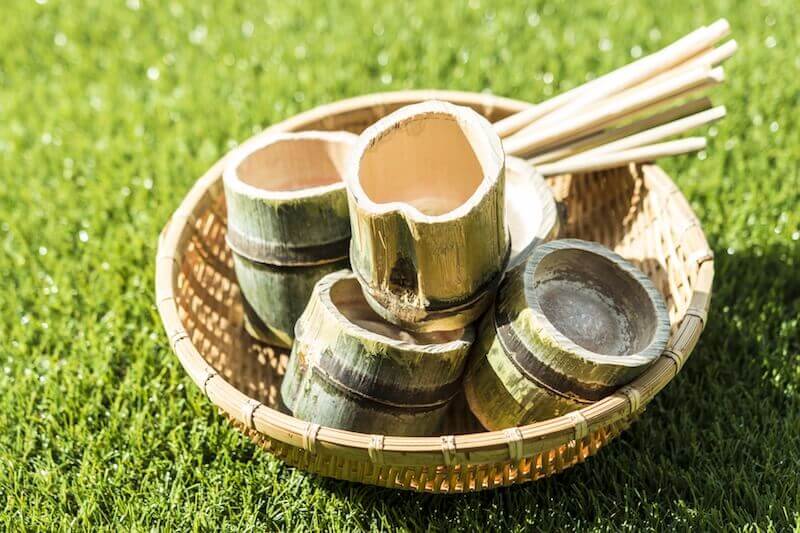Sushi has an image as quite fancy, high-end food popular among well-heeled city dwellers. The gourmet culture which has sprung up around this dish can be quite intimidating for the uninitiated, but never fear, we’re here to give you the specific on where and how to enjoy Japan’s most famous food, so you can eat without being afraid of committing some fatal faux pas. You’ll soon see that, while some of the best sushi places may be somewhat austere, there are plenty of more casual ways to get great sushi without having to put on your best shoes.
Wherever you go, it’s best to read up on the proper way of conducting yourself. Even if you can’t remember all of the ins and outs of Japanese dining etiquette, your waiter and chef will really appreciate you giving it a go.
How to eat Sushi: The Proper Sushi-Eating Procedures
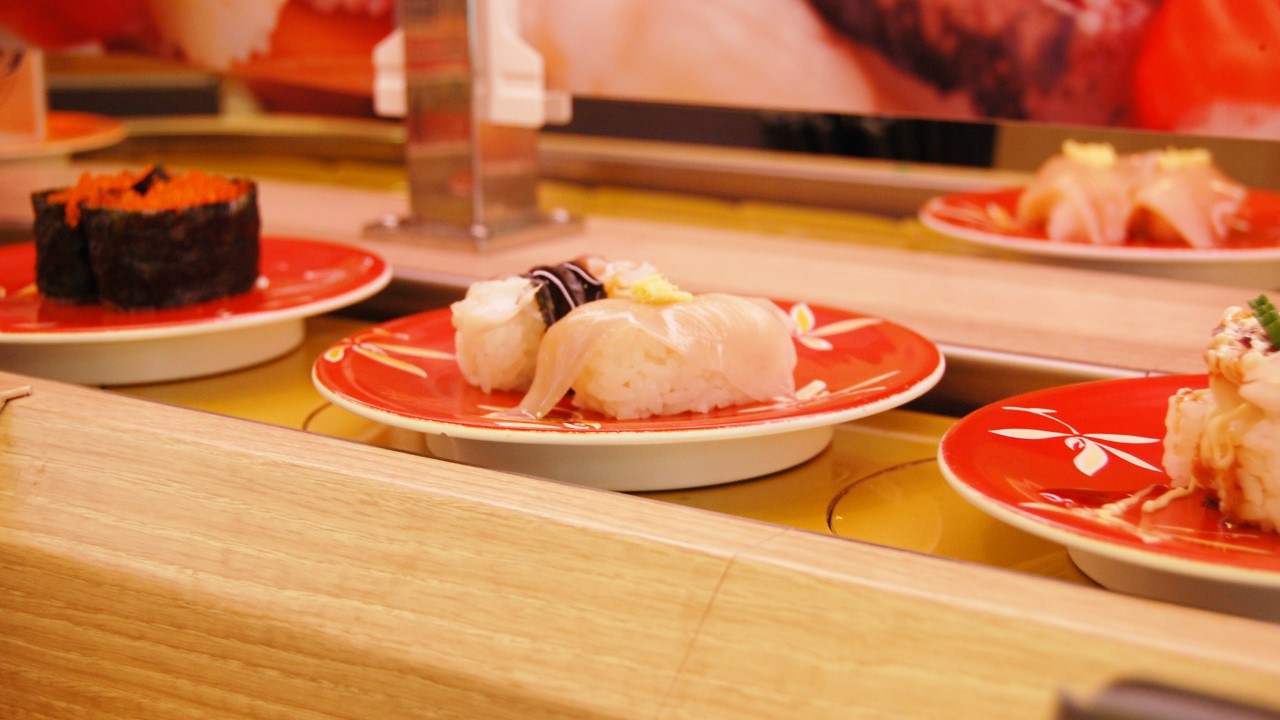
If you go to a sushi-ya on the higher end of the scale, then you’ll want to follow these tried-and-true procedures for entering, sitting, seasoning and eating your meal. Even if you’re just mid range to a midrange place for a casual lunch, it’s good to look like you know what you’re doing.
1. Take Your Seat
When taking your seat at the counter of a midrange or high-end sushi restaurant, the chef will usually greet you personally. If the place has a menu, don’t grab it right away — ask for the chef’s recommendations. This shows respect for their expertise and makes you look like you know your stuff. Don’t chat their ear off though: they’re there to work, after all, so keep the conversation focused on the fish and drinks.
2. Clean your Hands
This is par of the course is needed at any restaurant, but especially important when eating sushi for reasons which will soon be clear. Use the wet towel provided, but don’t wipe your face with it.
3. Prepare your Condiments
Drip a small amount of soy sauce from the bottle on the table into your little soy sauce bowl. Pouring too much in is considered bad form, because it means you’ll end up wasting sauce and/ or smothering your sushi in it. For the same reason, don’t stir wasabi into the soy bowl directly— it will usually be added to the fish as a standard, and you can top up with another small dollop only if necessary.
4. Practice Chopstick Etiquette
You might be surprised to hear that the iconic nigiri sushi started out as a casual street food in the Edo Period, so it’s perfectly acceptable (and even expected at mid-to-high-end places) to forego chopsticks when eating these. Other dishes like sashimi should be eaten with chopsticks.
When not being used, rest the sticks on the holder provided and not directly on the table. Aside from that, standard cutlery rules apply: no pointing, no licking them clean, etcetera.
5. Eat Your Sushi
When your dish arrives, you’ll want to pick it up — by hand or with chopsticks, depending on the dish — and dip it in the soy sauce. Make sure to flip the piece upside down so it’s fish side first, or else the soy sauce will cause the rice to fall apart. After that, try to eat it in one whole bite (not always possible with generously-sized pieces).
6. Use Ginger to Cleanse your Palette
Bowls of thinly sliced ginger are a fixture of almost every sushi counter. However, don’t go adding it to the top of the sushi; ginger is intended to be eaten between dishes to cleanse the palate palette for the next. If you eat it with the fish, the chef might be insulted, thinking you’re using it to cover up an unpleasant flavour!
7. Enjoy!
Seriously, even at the faciset most fancy, high-end establishments, the chefs will appreciate your enjoyment — it’s why they do their job after all. Don’t be afraid to compliment the dishes as you go along, but keep it respectful and reserved.
That covers the general rules and etiquette for sushi dining, but there are a few more things to mention. In Japan, there’s a sushi joint to suit any budget or occasion: from cheap and cheerful chains to pescatarian temples with Michelin stars. The different styles vary wildly in terms of formality, so let’s take look at what special expectations you’ll come across at both the low and high ends of the scale.
How to eat Sushi: Conveyor Belt Sushi Etiquette
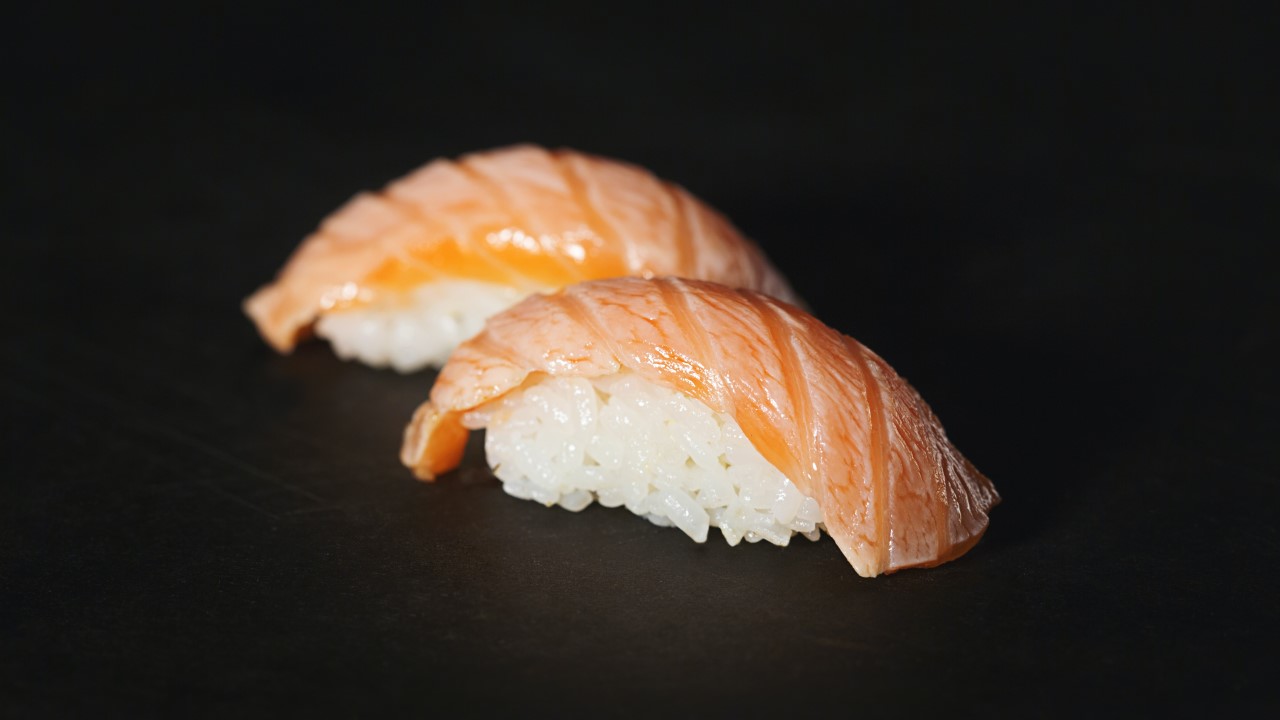
Also known as ‘sushi trains’ and ‘sushi-go-rounds’, these are the casual restaurants where you’ll typically be seated along a counter with a conveyor belt loaded with sushi above it. When you see a dish that you want, you can just reach up and take it. When you’re done, the staff will calculate your bill based on the plates you took, with different colors corresponding to different prices.
Do: call out to the chef to place an order. At smaller places, you’ll probably be sitting at a circular counter surrounding the preparation area, and it’s perfectly fine to hail the chef with a ‘sumimasen’ and order pieces directly (just don’t keep shouting their ear off again and again). Larger shops will have waiters for this, or even tablet computers.
Do: stack your plates up as you go. The small plates at sushi trains are made to neatly stack together rather than taking up the (quite limited) counter space. You’ll see some diners with their plates stacked ten high or more, so don’t worry if you have a big appetite.
Don’t: put sushi back on the conveyor belt. This is a big one: if you take the sushi from the conveyor belt, it’s then non-returnable. Nobody wants to have to worry about all of the potential germs associated with stranger touching their plate (especially in this day and age), so once you’ve taken a plate, it’s yours to pay for.
Don’t: stress out about the fine details. The benefit of going to place like this is that people generally keep to themselves, including the super-busy chefs. Feel free to smash up the rules of sushi dining to suit your tastes — nobody’s really bothered about your leaning tower of fish, wasabi and ginger when the dish only costs 100 yen to begin with.
How to eat Sushi in High-End Sushi Restaurants
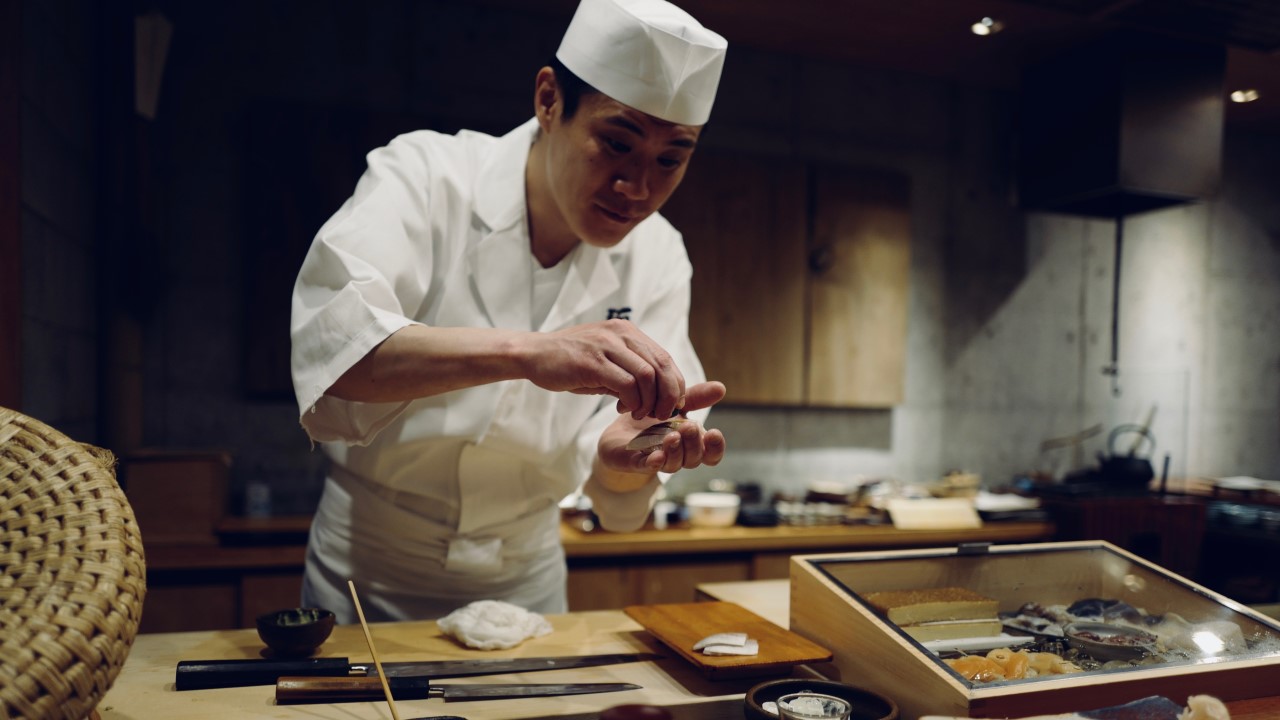
Landing a seat to some of the best sushi restaurants in Japan is a feat in itself, so if you manage to do it then you should be prepared to act appropriately; some places are even closed off to foreigners since the owners have been annoyed or offended by gaijin in the past! These culinary auteurs of the sushi world are extremely particular about every small detail of the dining experience, so it’s generally best to defer to their wisdom and authority.
Do: reserve well in advance. This one is for your own sake, because if you expect to walk into one of Tokyo’s top sushi restaurants in Ginza on short notice, you’ll be out of luck. The best stores have waiting lists which can stretch up to two years long! It’s always best to use an English- language booking service or concierge to secure your spot early.
Do: mention allergies at the time of reserving. The top chefs often go to the markets themselves on the very morning of your booking to buy the ingredients for that day, many of which can be extremely expensive. Naturally, they can get a little irritated when a guest tells them that they’re not able to eat the super-rare shellfish they spent all morning procuring, so be sure to mention your needs when making the original booking.
Don’t: try to go off menu. The menus at these places are usually set in stone, following an omakase (chef’s choice) format. They will serve up a series of small plates one after the other, without the chance to place separate orders unless explicitly specified. Some places do take pride in catering the menu to each individual, but generally guests are expected to lay back, relax, and let the chef work their magic.
Don’t: wear perfume or cologne. The majority of high-end sushi restaurants in Japan are small, counter-style places with room for around four to twelve people. For this reason they, and many other restaurants in Japan, don’t allow guests to wear perfume or cologne since strong scents can be annoying for other diners.
Don’t: start snapping pictures. Most high-end sushi restaurants enforce bans on picture taking for the privacy of their guests, and so that the flow of the dinner isn’t thrown off by ‘influencers’ and their 15-minute photoshoots with each dish. If you really feel the need to take pictures, be sure to ask politely, and be prepared to politely accept it if they decline.

Writer: Callum Howe
Hi everyone! I’m a freelance writer from sunny Scotland with a love of history, literature, and techno. It’s been around 7 years since my first trip to Japan and life hasn’t been quite the same since. For the past 2 years I’ve been living and working in Tokyo. Through my writing I hope to share with you my fascination for this always interesting, often bizarre country.
*Disclaimer:
This article was written by an outside writer, and WAttention is not responsible for any damage caused by the information on this page. Please be aware that the accuracy of the information posted in this article is not guarantied, and the content may be changed without notice.
 0
0


